On November 17, 1869, thousands of people attended the opening ceremony of the Suez Canal, a man-made waterway stretching over 160 kilometers connecting the Mediterranean to the Red Sea via the isthmus of Suez in Egypt. The earliest attempts to build a canal across the isthmus of Suez date back to the times of Pharaoh Rameses II, but it was only in the 19th century that the creation of a passageway became vital to European economies, reliant on Asian and West Indians commercial trade. Only with the construction of a canal would it be possible to avoid circumnavigating Africa.
France was the first to study the project in 1799, when it sent a team led by future emperor Napoleon Bonaparte to Egypt. The results were discouraging – there appeared to be drop between the sea levels that would require the creation of a complex system of locks. Fifty years later, a French company conducted a more accurate survey, discovering that this estimated drop was not significant. Engineer Luigi Negrelli was then hired to design the canal. At first, Egypt opposed the venture, fearing European meddling in its own domestic affairs. But Egypt’s massive debts to France and Britain soon forced it to concede. The leader of this diplomatic mission was Ferdinand de Lesseps, who later supervised the actual construction as well. France obtained a concession to excavate the Suez isthmus. The British, unconvinced that the canal would actually work, opted to build railroads connecting Alexandria, Cairo and Suez to make trade easier. The Universal Suez Ship Canal Company, whose shares belonged primarily to France and Egypt, was created to oversee the project. Construction began on April 25, 1859, and lasted more than a decade.
Opening the canal revolutionized transportation and trade between Europe and Asia. Britain soon realized its mistake in refusing to back the project. In 1875, Britain used new debts owed by Egypt as leverage to buy out its shares. Because of its strategic importance, in 1888 the canal was declared neutral and required to guarantee free passage to all vessels. Nevertheless, it became the focus of many international disputes mainly between Egypt and Israel. Egypt nationalized the canal in 1956, sparking what became known as the Suez Crisis. The Suez Canal remains a critical junction, especially for shipping oil to Europe from the Middle East. Each year almost 20,000 vessels sail through it, accounting for roughly eight percent of the world’s trade.
France was the first to study the project in 1799, when it sent a team led by future emperor Napoleon Bonaparte to Egypt. The results were discouraging – there appeared to be drop between the sea levels that would require the creation of a complex system of locks. Fifty years later, a French company conducted a more accurate survey, discovering that this estimated drop was not significant. Engineer Luigi Negrelli was then hired to design the canal. At first, Egypt opposed the venture, fearing European meddling in its own domestic affairs. But Egypt’s massive debts to France and Britain soon forced it to concede. The leader of this diplomatic mission was Ferdinand de Lesseps, who later supervised the actual construction as well. France obtained a concession to excavate the Suez isthmus. The British, unconvinced that the canal would actually work, opted to build railroads connecting Alexandria, Cairo and Suez to make trade easier. The Universal Suez Ship Canal Company, whose shares belonged primarily to France and Egypt, was created to oversee the project. Construction began on April 25, 1859, and lasted more than a decade.
Opening the canal revolutionized transportation and trade between Europe and Asia. Britain soon realized its mistake in refusing to back the project. In 1875, Britain used new debts owed by Egypt as leverage to buy out its shares. Because of its strategic importance, in 1888 the canal was declared neutral and required to guarantee free passage to all vessels. Nevertheless, it became the focus of many international disputes mainly between Egypt and Israel. Egypt nationalized the canal in 1956, sparking what became known as the Suez Crisis. The Suez Canal remains a critical junction, especially for shipping oil to Europe from the Middle East. Each year almost 20,000 vessels sail through it, accounting for roughly eight percent of the world’s trade.
RELATED


THE KOSOVO WAR


THE DESTRUCTION OF POMPEI
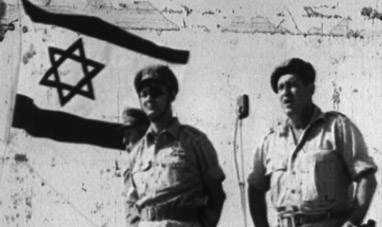

THE SIX DAY WAR
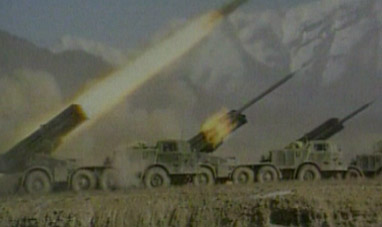

THE SOVIET INVASION OF AFGHANISTAN


DWIGHT EISENHOWER


CAPTURE OF ROME
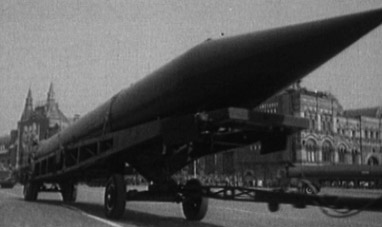

THE CUBAN MISSILE CRISIS
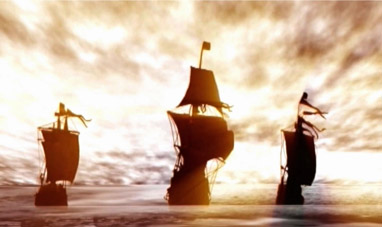

DISCOVERY OF AMERICA, THE


THE INDUSTRIAL REVOLUTION


THIRD ITALIAN WAR OF INDEPENDENCE


THE FIRST INTIFADA


WORLD WAR II


THE ARGENTINE DICTATORSHIP, 1976-1983
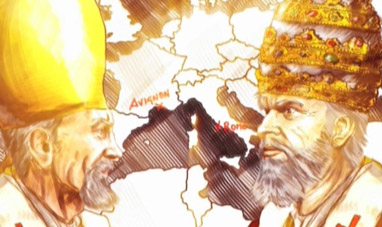

WESTERN SCHISM, THE
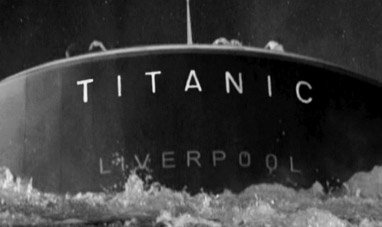

THE SINKING OF THE TITANIC


TANGENTOPOLI
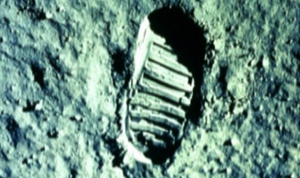

THE FIRST MOON LANDING
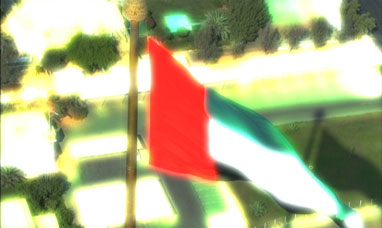

FOUNDING OF UNITED ARAB EMIRATES


THE TAIWAN ISSUE


FIVE DAYS OF MILAN
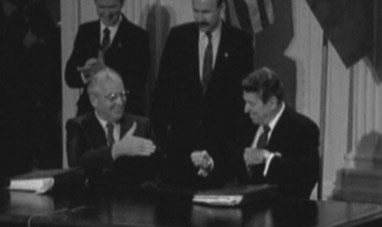

THE COLD WAR


NORMANDY LANDINGS
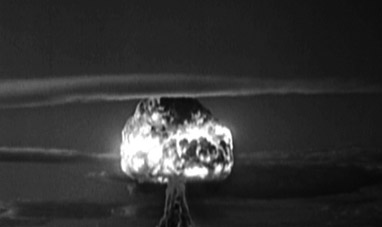

HIROSHIMA AND NAGASAKI
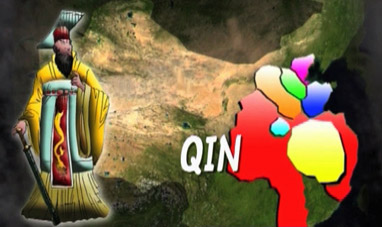

THE FIRST CHINESE EMPEROR AND THE QIN DYNASTY


WORLD WAR I


THE VAJONT DISASTER
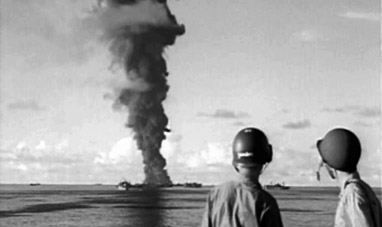

THE OUTBREAK OF WORLD WAR II
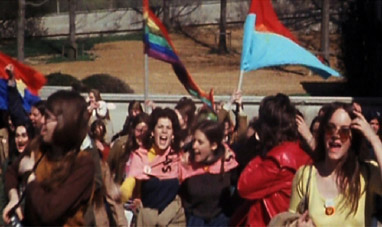

1968


THE SECOND INTIFADA


THE CONGRESS OF VIENNA
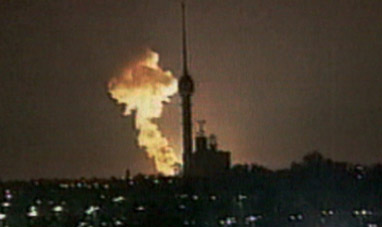

THE FIRST GULF WAR


EARLY CHINESE DYNASTIES
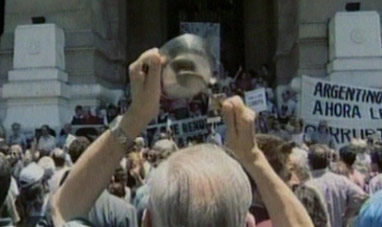

THE 2001 ARGENTINE ECONOMIC CRISIS


THE RUSSIAN CAMPAIGN
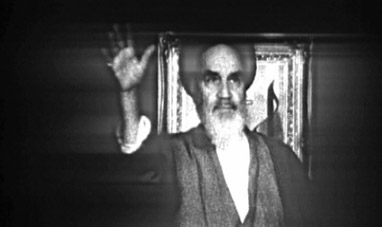

THE IRANIAN REVOLUTION


THE MARCH ON TIANANMEN
